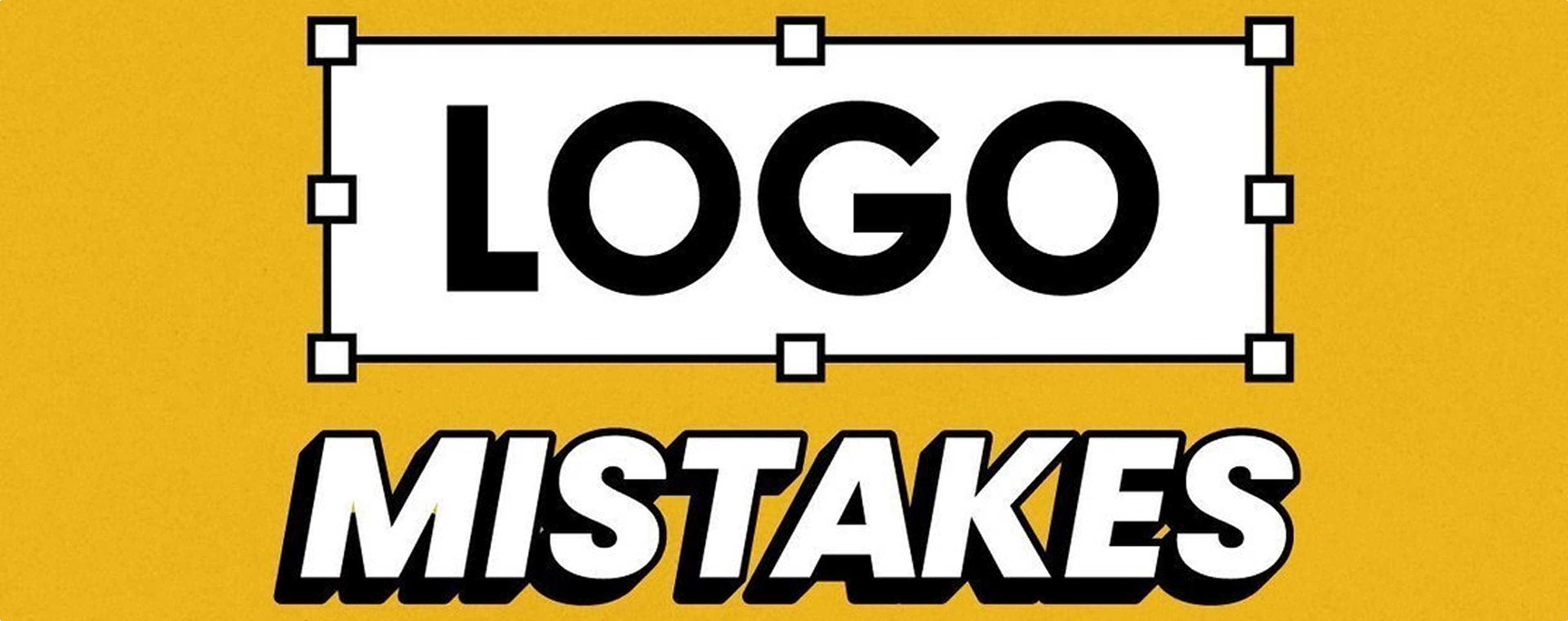Common Logo Mistakes That Clients Make
3 mins read
30.04.2025

As a creative communication company specializing in branding and design, we encounter various challenges when collaborating with clients. Oftentimes, we receive logos of subpar quality, shared in inappropriate formats, or even asked to search for them online.
Logos serve as visual representations of a company's identity, establishing brand recognition and visibility. Therefore, distorted, or outdated logos hinder compelling designs that truly represent their organizations.
Moreover, some clients share logos in improper formats, such as low-resolution images or incompatible file types. This not only affects the visual appeal of branding materials but also causes difficulties when adapting the logo for various mediums and marketing channels.
Additionally, clients occasionally ask us to search for their logos on the internet. Although this may seem like a simple task, locating the right logo among countless variations online becomes an overwhelming and time-consuming task for the team.
To address these issues, we urge organizations to maintain a comprehensive repository of their logos in standard formats. The most common logo formats include:
PNG (Portable Network Graphic): Ideal for web graphics, PNG files support transparency and offer high-quality
images suitable for digital platforms.
SVG (Scalable Vector Graphic): Well-suited for logos displayed on websites or apps, SVG files are resolution-independent
and maintain clarity on any screen size.
EPS (Encapsulated PostScript): Widely used by designers and printers, EPS files are scalable and retain quality in both small
and large formats, making them suitable for diverse printing needs.
PDF (Portable Document Format): Besides being a universal file format for sharing documents, PDF is an excellent choice
for logo storage, maintaining vector quality and easy accessibility.
Organizations can streamline collaboration with branding experts by storing logos in standard formats. In order to maintain brand consistency across marketing materials, a centralized logo library should include all logo variations, color versions, and formats.
